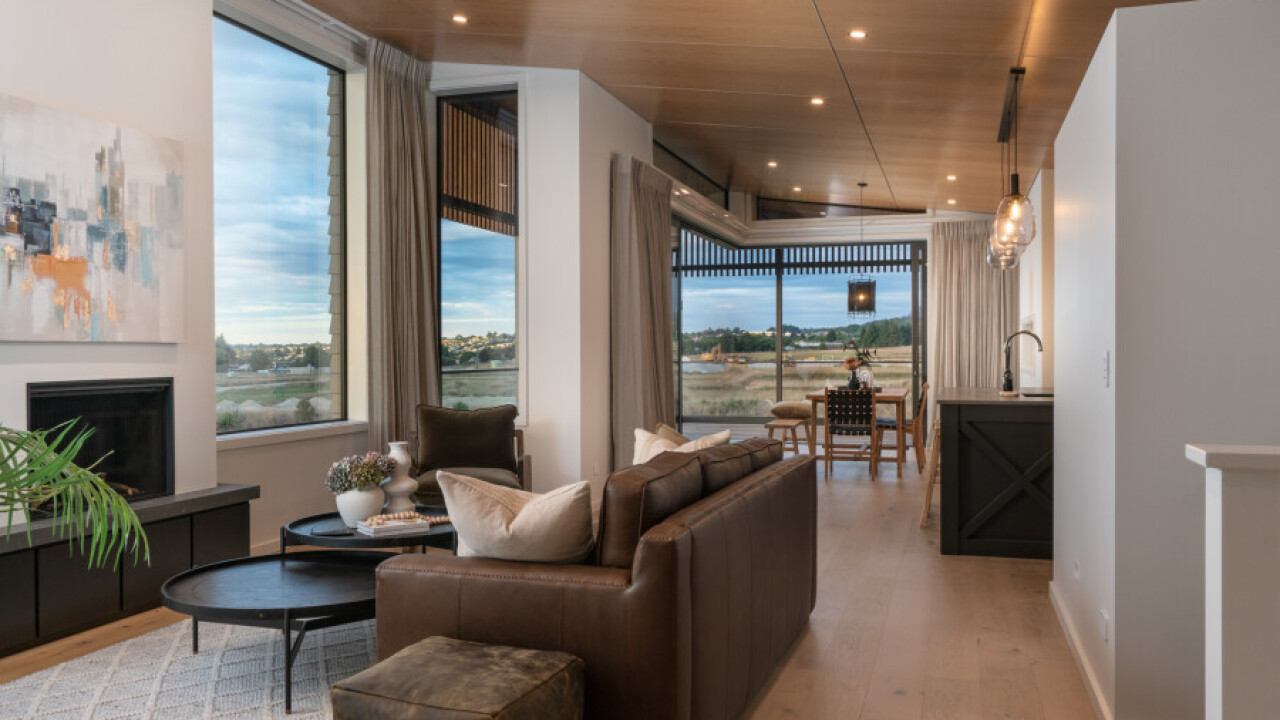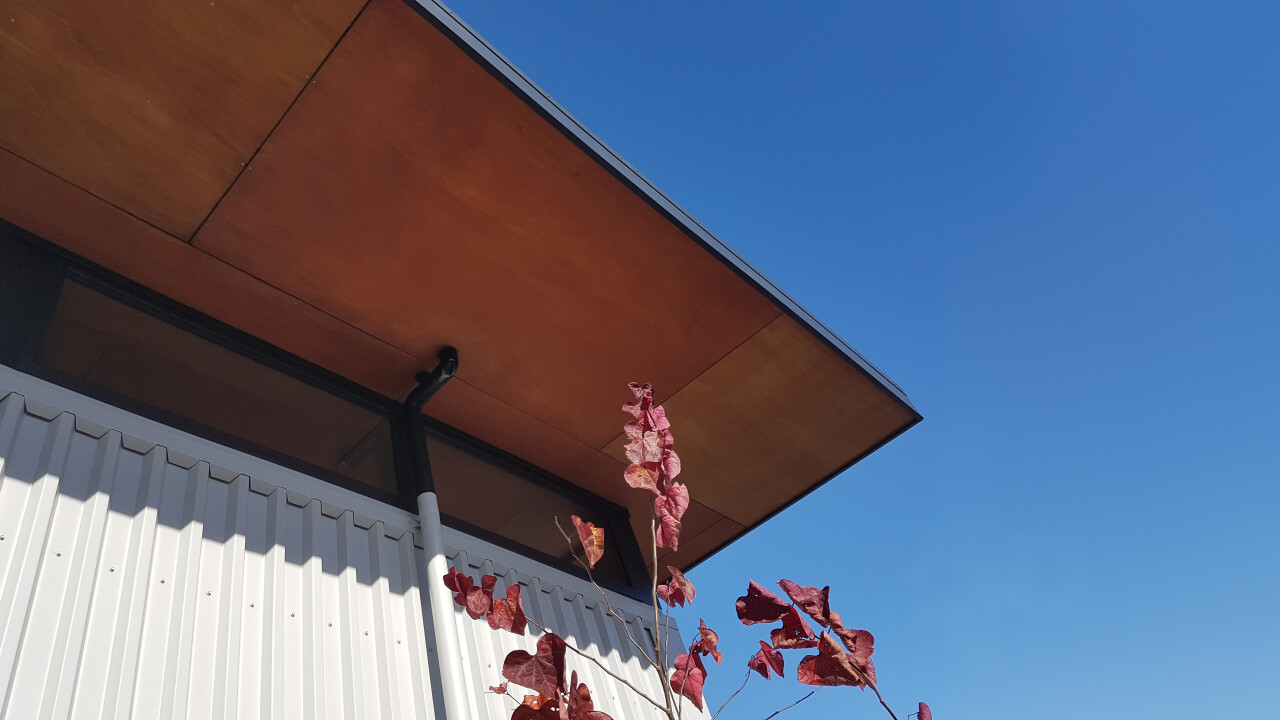When it comes to interior linings, GIB®® has long been the default. But as architects and designers look for alternatives that offer more warmth, character, and durability, plywood is becoming an increasingly popular choice.
Plywood is often seen as a premium option - but when you dig into the numbers, the difference in cost isn’t always as large as expected. In some cases, economy-grade plywood can even be the more cost-effective solution.
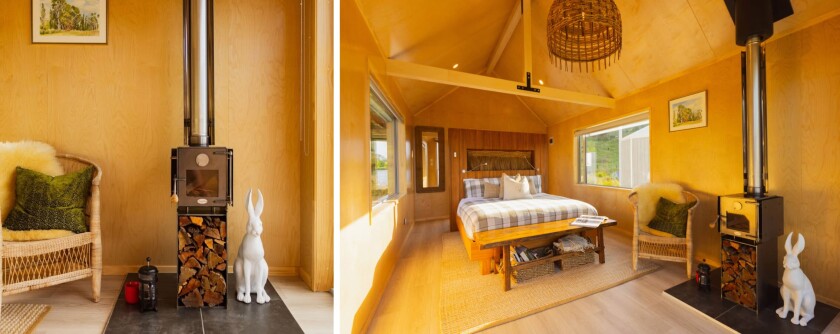
Wall and ceiling lining with our Rapidline Birch UV
GIB® vs plywood: what’s the difference?
GIB® (or plasterboard) has long been the go-to material for standard interior walls in homes and commercial buildings. It’s affordable, easy to install, and provides a smooth surface ready for painting or wallpapering.
Plywood, on the other hand, offers architects more than just function: it introduces natural texture, design flexibility, and enhanced durability. Used as a lining, plywood can create warm, character-filled spaces while also contributing structural strength, depending on the application.
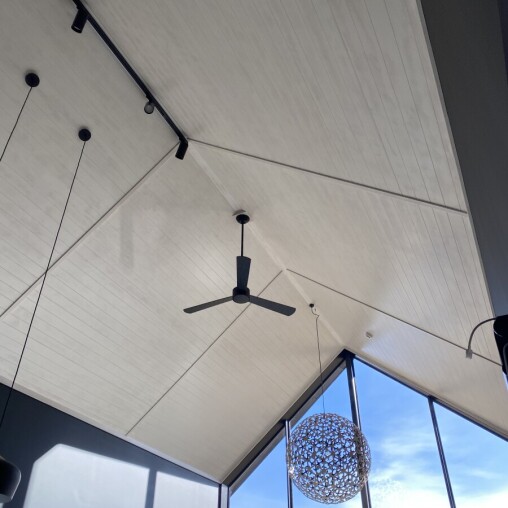
Ceiling application of our Grooved Radiata Plywood
Installation costs: A closer look
Many assume plywood is significantly more expensive than GIB®®, but a quick cost breakdown shows that isn’t always true.
Here’s a side-by-side comparison using common materials and realistic install rates:
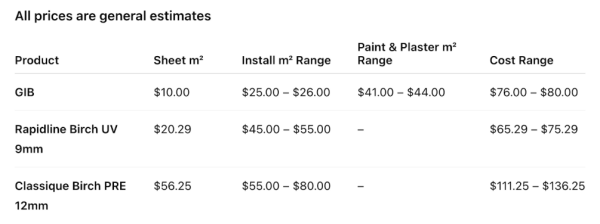
Note 2: For commercial projects, fire-rated plywood may be required, which involves additional compliance and cost. This article focuses on general residential or light commercial use.
Choosing plywood typically involves a higher initial investment than GIB®, particularly if you opt for premium grades or prefinished options. However, many projects benefit from reduced finishing time when using prefinished plywood and from long-term savings thanks to plywood’s superior durability and aesthetic longevity.
Because real-world pricing fluctuates based on factors like panel thickness, sheet size, finishing selections, and labour availability, it’s recommended to speak with us early in the project for a more specific estimate.
Long-term durability and aesthetic benefits
Choosing plywood as a wall lining often delivers greater long-term value than GIB®:
• Durability: Plywood panels are highly impact-resistant compared to plasterboard, making them ideal for high-traffic residential and commercial spaces.
• Aesthetic appeal: Natural wood grains bring a warmth and sophistication that painted GIB® simply can’t match.
• Maintenance: Minor scuffs or damage to plywood surfaces can often be repaired or refinished without the need for a full replacement.
• Sustainability: We carry options that support environmentally conscious design without compromising on style.
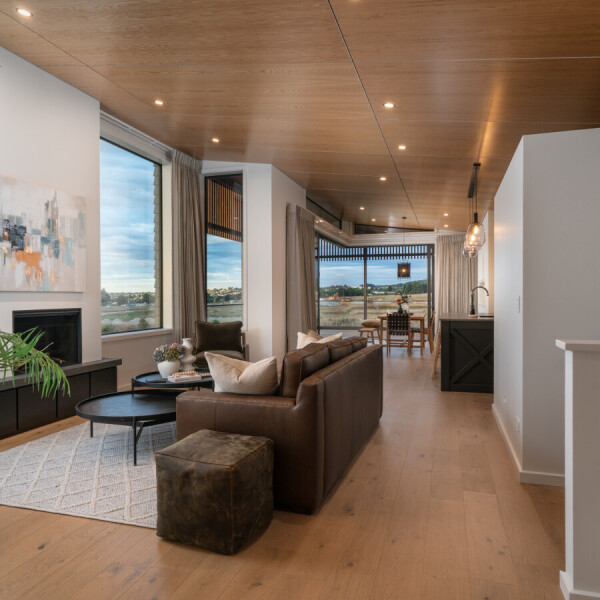
Ceiling application of Classique Canadian Oak
Cost-benefit overview: why architects are choosing plywood
While plywood requires a higher upfront investment, architects consistently specify it for projects where:
• A high-end, design-led aesthetic is desired
• Durability and longevity are critical
• Sustainability credentials (such as FSC certification) are a priority
• Minimal maintenance over the building's life is beneficial
Final word from us
Don’t assume plywood is the pricier option. When specified appropriately and especially when using economy-grade or pre-finished ply, it can be a smart, cost-effective alternative to GIB®® that delivers both aesthetic and functional advantages.
